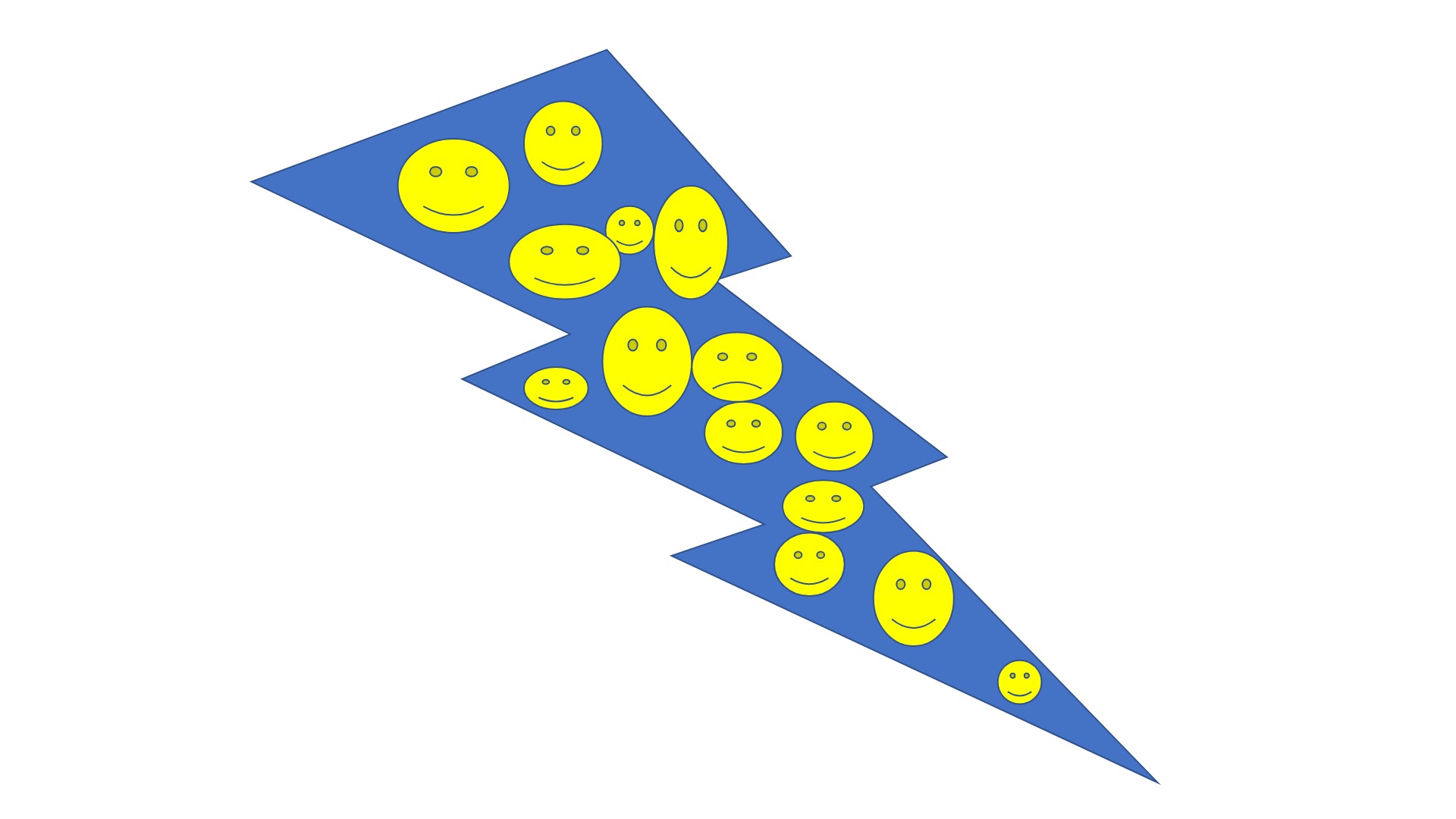Power from the people

Innovative ideas that address a specific business/customer problem and are innovative (not tried before) and that are pursued by a passionate innovator, have the highest likelihood to be successful and to create value. Those ideas can come from anywhere within the corporation and from outside.
Crowdsourcing is “the practice of obtaining information or input into a task or project by enlisting the services of a large number of people, either paid or unpaid, typically via the Internet.”
Because I strongly believe in the power of the crowd, I organized at least annually a Innovation Award competition for employees from across the corporation. They were invited to come up with innovative ideas. Those ideas then came from employees that were close to the problem and who deeply understood the business issues, e.g. marketers. Ideas also came from employees that were more removed from the problem/customer and viewed the problem from a different perspective, based on their expertise, e.g. IT or manufacturing employees.
A risk of this kind of broad approach was that we got many, many ideas, sometimes hundreds. Selection of those ideas then became a (time) challenge for the jury and they tended to select ideas close to current approaches they were already familiar with. These ideas therefor were often not very innovative. In addition, it was difficult to evaluate the passion of the innovator.
The following actions helped us to get innovations that focused on the right problem:
- We described and communicated the problem to be solved as specific as possible, so it was easy to check if the submitted innovative ideas addressed this problem well.
- We involved the jury in defining the problem statement, so they selected innovative solutions based on this jointly defined and understood problem.
- Local or functional leadership had to sign off on submissions by their employees, so there was a higher likelihood that the ideas were relevant (and that the innovators would get support from their management, if they would win).
The following actions helped ensure that the ideas were innovative:
- The finalists were preselected by myself, as Innovation Leader jointly with someone from the innovation team and a few relevant marketing leaders. These colleagues were familiar with the definition of innovation (and the problem to be addressed).
- We provided the leadership with maximum 10 finalist ideas, which were the most innovative (and best addressed the problem).
The following actions helped ensure that innovative ideas were submitted by passionate innovators.
- We asked the 10 finalist innovators to create a very short video clip in which they explained their innovative idea. This video clip allowed the leadership to gauge their passion and also provided the innovators with extrinsic motivation: exposure to senior leaders.
In addition, we provided the jury with clear selection criteria (e.g. problem focus, innovativeness, passion).
As D. James Kennedy said:
“Crowdsourcing can greatly increase the number of ideas entering the front-end of the innovation funnel, however, using the wrong source can result in a large number of inappropriate ideas, and the lack of defined process for managing the progress of ideas through the funnel can result in the funnel becoming blocked.
So, as Innovation Leader, I optimized crowdsourcing by ensuring focus on the problem to be solved, on the innovativeness of the innovation and on the passion of the innovator.
More about this topic: Why Crowdsourcing Often Leads to Bad Ideas, by Oguz A. Acor in HBR
Please share your thoughts!
More of my blogs on innovation: Wim Vandenhouweele